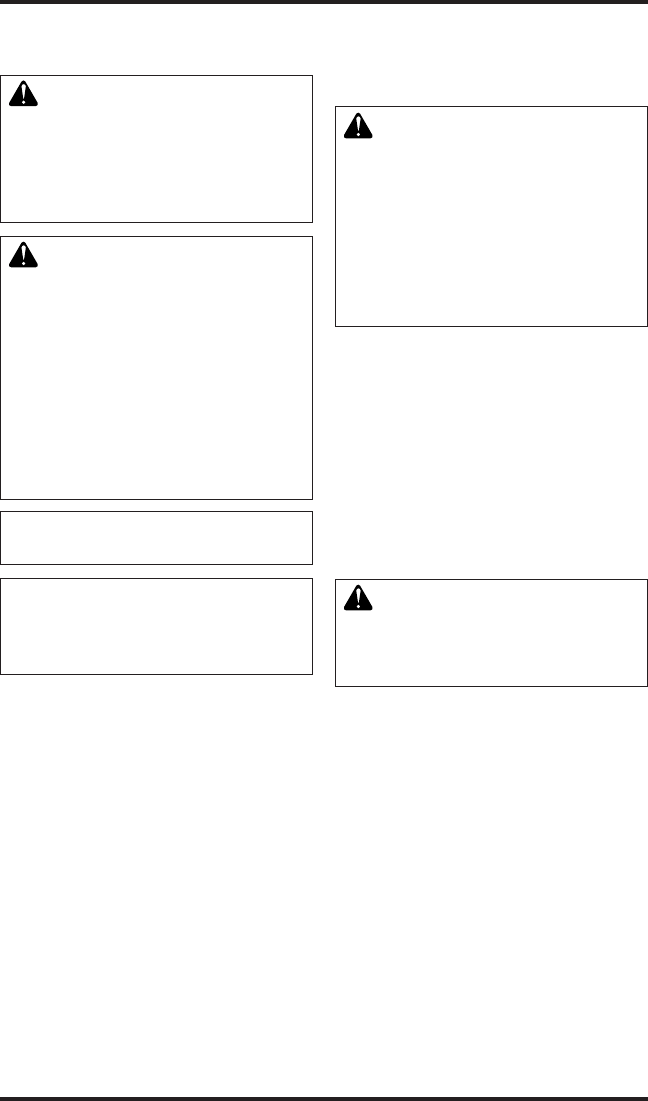
www.desatech.com
112108-01C10
VENTING INSTALLATION
INSTRUCTIONS
WARNING: Read all instruc-
Failure to do so could result in
WARNING: Seal all connec-
silicone every time a vent con-
sealant to the male end of the
-
seal any connections after main-
NOTICE: Failure to follow these in-
NOTICE: Do not seal termination
INSTALLATION
Consult local building codes before beginning the
installation. The installer must make sure to select
the proper vent system for installation. Before
installing vent kit, the installer must read this
replace manual and vent kit instructions.
Only a qualied service person should install
venting system. The installer must follow these
safety rules:
• Wear gloves and safety glasses for protection
• Use extreme caution when using ladders or
when on roof tops
• Be aware of electrical wiring locations in walls
and ceilings
The following actions will void the warranty on
your venting system:
• Installation of any damaged venting component
• Unauthorized modication of the venting sys-
tem (Do not cut or alter vent components)
• Installation of any component part not manu-
factured or approved by DESA
• Installation other than as instructed by these
instructions
There are two basic types of direct-vent installation:
• Horizontal Termination
• Vertical Termination
It is important to select the proper length of vent
pipe for the type of termination you choose. It is
also important to note the wall thickness.
For Horizontal Termination: Select the amount of
vertical rise desired. The horizontal run of venting
must have 1/4" rise for every 12" of run towards
the termination.
WARNING: Never run the
vent downward as this may
You may use one or two 90° elbows in this vent
conguration. See Horizontal Termination Con-
gurations on page 13.
For Vertical Termination: Measure the distance
from the replace ue outlet to the ceiling. Add
the ceiling thickness, the vertical rise in an attic or
second story, and allow for sufcient vent height
above the roof line. You may use one or two 90°
elbows in this vent conguration. See Vertical
Termination Congurations on page 16.
Note: You may use two 45° elbows in place of a
90° elbow. You must follow rise to run ratios when
using 45° elbows.
For two-story applications, restops are required at
each oor level. If an offset is needed in the attic,
additional pipe and elbows will be required.
You may use a chase with a vent termination with
exposed pipe on the exterior of the house. See In-
stalling Vent System in a Chase, page 11.


















